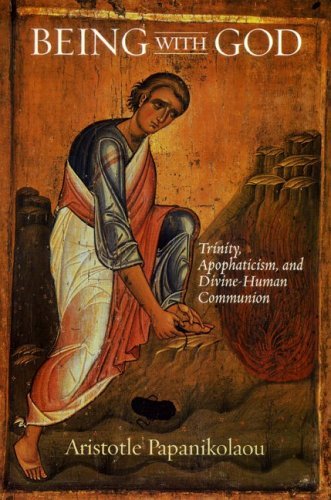Today we have to take into account that there is a variety of views and differences among Christians as to how reception operates. It is also peculiar to our actual situation that the divided Churches are called to receive from one another or indeed to receive one another, which raises all sorts of fundamental ecclesiological questions, since the highest form of reception in this context is that of mutual ecclesial recognition and not simply agreement on doctrine.
The notion and experience of reception is deeply rooted in the historical origins and the very being of the Church. The Church was born out of a process of reception and has grown and existed through reception. The Church receives: she receives from God through Christ in the Holy Spirit; but she receives also from the world, its history, its culture, even its tragic and sinful experiences and failures, for she is the body of the crucified Lord who takes upon himself the sins of the world.
The second aspect is that the Church is received: this involves two points; on the one hand the Church as a distinct community within the world exists in constant dialogue with whatever constitutes the ‘non-ecclesial’ realm, in an attempt to make herself acceptable to the world. What we used to call ‘mission’ is better rendered with the notion of reception, because ‘mission’ is loaded with ideas of aggressiveness, whereas the Church should be offering herself to the world for reception instead of imposing herself on it. (It is interesting that in the prologue of the Fourth Gospel the Son of God is spoken of as not having been received by the world: his own did not receive him).

The other point in the Church’s being received is that of a reception of one Church by another Church – a most important aspect of reception, stems from the basic ecclesiological fact that the Church, although one, exists as Churches (in the plural), and these Churches exist as One Church in and through constantly receiving one another as sister Churches.
What is received in the first place, and also in the final analysis, is the love of God the Father incarnate in his own unique and beloved Son and given to us in Holy Spirit. The Church exists in order to give what she has received as the love of God for the world. Because the content of reception is this love of God for the world incarnate in Christ, St Paul uses the technical term (and it is technical) of parelabon and paralabete with reference to the person of Our Lord. In Colossians 2.6 he writes ‘as you have received Christ.’ Equally it is interesting that in Hebrews 12.28 the verb ‘to receive’ is used in the sense of ‘receiving the kingdom’. Reception is not a dry, practical idea.
John Zizioulas The Theological problem of Reception




